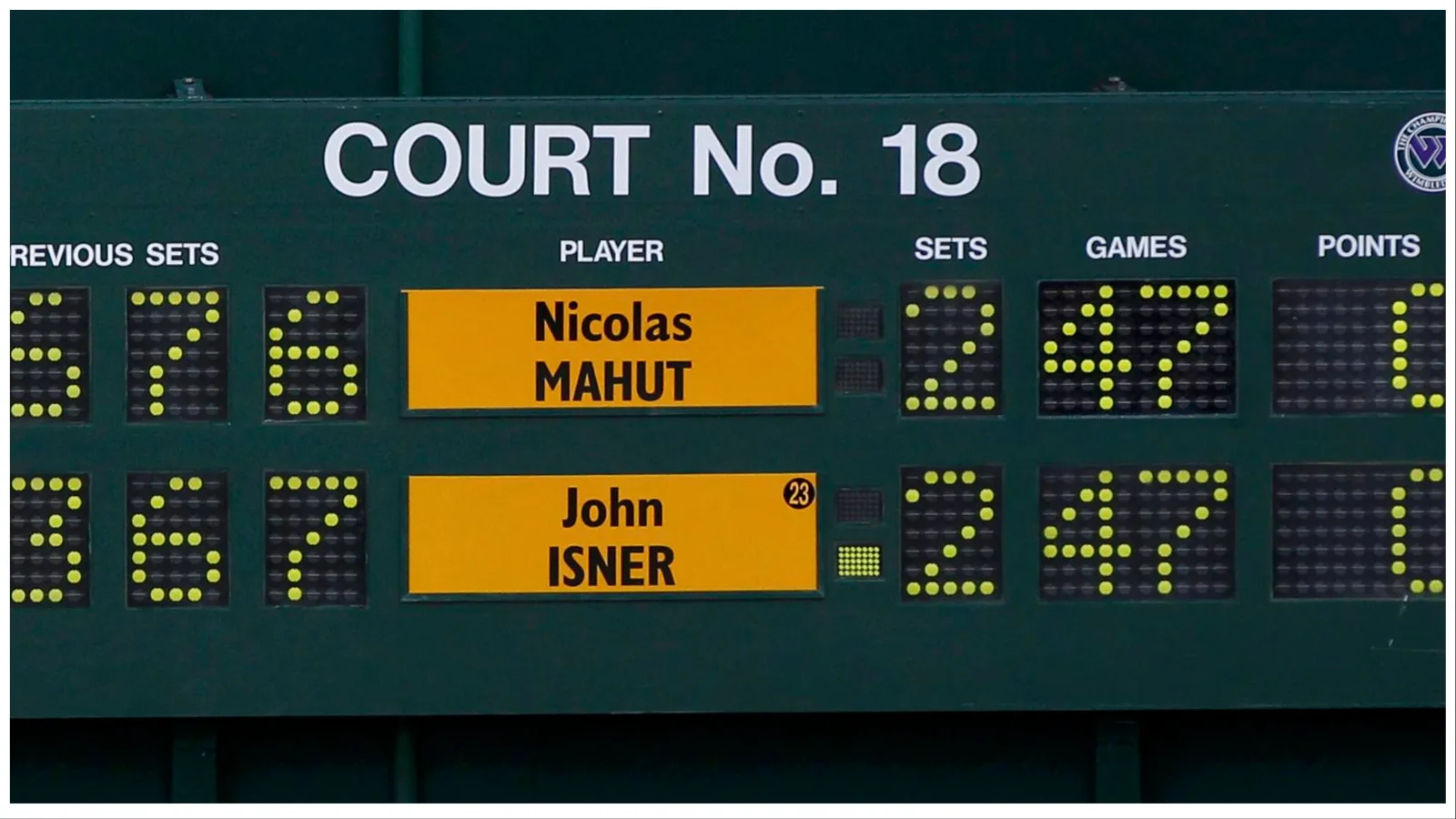Tennis, a sport steeped in tradition and history, has undergone various transformations since its inception. One of the most intriguing aspects of this evolution is the scoring system, which has shaped the way the game is played and perceived. This article delves into the history and development of tennis scoring systems, exploring their origins, changes over time, and the implications these changes have had on the game.
Historical Background
The origins of tennis can be traced back to medieval France, where a game called “jeu de paume” was played. This early version of tennis used a simplistic scoring method that has evolved significantly over the centuries.
- Jeu de Paume: The game involved hitting a ball with the palm of the hand, and scoring was rudimentary, often based on the number of points won in a row.
- Introduction of Rackets: By the late 16th century, rackets were introduced, which paved the way for the modern version of tennis.
- Standard Scoring: The scoring system began to standardize around the 18th century, influenced by the establishment of the All England Lawn Tennis and Croquet Club in 1877.
The Traditional Scoring System
The traditional scoring system in tennis is perhaps the most recognizable aspect of the sport. It consists of points, games, sets, and matches, each building on the previous one. Understanding how scoring works is crucial for both players and fans alike.
- Points: The smallest unit of scoring. A player must win four points to win a game, but must lead by at least two points. The sequence goes: 0 (love), 15, 30, 40, and game. If players reach 40-40, it’s called “deuce.” The next point won gives the player an “advantage.” If the player with the advantage wins the next point, they win the game; if they lose it, the score returns to deuce.
- Games: A player must win six games to win a set, with a margin of at least two games. If the score reaches 5-5, a player must win 7-5 or force a tiebreak at 6-6.
- Sets: A match is typically played as the best of three or five sets. Winning the majority of sets determines the match winner.
Variations in Scoring Systems

While the traditional scoring system is widely used, variations have emerged in different formats and competitions. Understanding these variations provides insight into how the game adapts to different contexts.
Tiebreaks
Introduced in the 1970s, tiebreaks were designed to expedite matches that could otherwise go on indefinitely. The most common tiebreak format is played to 7 points, requiring a player to win by at least two points.
- Advantages of Tiebreaks: They help maintain viewer engagement and reduce match durations.
- Criticism: Traditionalists argue that tiebreaks can detract from the drama and strategy of long games.
Fast4 Tennis

Fast4 Tennis introduces several modifications to the traditional scoring system:
- Sets are played to four games instead of six.
- No-ad scoring is used, meaning the first player to win a point at deuce wins the game.
- Tiebreaks are played at 3-3 in a set.
This format has gained popularity in recreational play and exhibition matches, catering to a younger audience and those with limited time.
Mixed Doubles and Team Formats

In team formats like the Davis Cup and Fed Cup, scoring systems may vary significantly from traditional rules. Matches can include:
- Best of three or five sets.
- Shortened formats to accommodate multiple matches in a single day.
Impact of Technology on Scoring
The advent of technology has also influenced how scoring is perceived and officiated in tennis. Innovations such as Hawk-Eye technology have transformed the way players and umpires interact with the scoring system.
- Instant Replays: Players can challenge calls, leading to a more accurate scoring process.
- Statistics: Players and coaches have access to real-time data, affecting strategies and gameplay.
Case Studies: Modern Adaptations
Several high-profile tournaments have experimented with new scoring formats, providing valuable insights into the future of tennis scoring systems.
The Next Gen ATP Finals
This tournament, aimed at showcasing emerging talent in men’s tennis, employs a unique scoring system:
- Best of five sets, with each set played to four games.
- No-ad scoring and a tiebreak at 3-3.
The tournament has garnered attention for its fast-paced matches, reflecting the changing dynamics of viewer preferences.
Wimbledon and the 2019 Final

The 2019 Wimbledon Men’s Singles Final between Novak Djokovic and Roger Federer highlighted the traditional scoring system’s endurance. The match went to a final set tiebreak, a rare occurrence at Wimbledon, showcasing the tension and excitement inherent in long matches.
Future Trends in Tennis Scoring
As tennis continues to evolve, several trends may shape the future of scoring systems:
- Increased Adoption of Tiebreaks: More tournaments may adopt tiebreaks in final sets to enhance viewer engagement.
- Popularity of Short Formats: Formats like Fast4 Tennis could become more mainstream as the sport seeks to attract younger audiences.
- Integration of Technology: Enhanced use of technology for officiating and fan engagement may redefine how scoring is perceived.
The evolution of tennis scoring systems reflects a delicate balance between tradition and innovation. From the early days of jeu de paume to modern adaptations like Fast4 Tennis, the scoring system has continually adapted to meet the needs of players and fans. As the sport faces new challenges and opportunities, the scoring system will likely continue to evolve, ensuring that tennis remains a captivating and dynamic spectacle for generations to come.
In summary, understanding the evolution of tennis scoring systems not only enriches our appreciation of the game but also sheds light on broader trends in sports. As technology, audience preferences, and competitive formats continue to evolve, tennis scoring will undoubtedly adapt, maintaining its place as one of the most beloved sports worldwide.